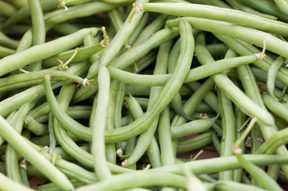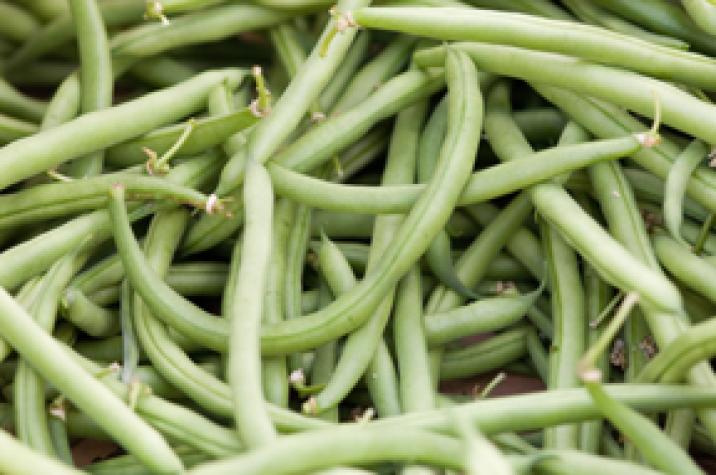
There are many ways you can preserve green beans so you are eating your garden’s bounty all winter long. Most people can or freeze extra green beans, but you could also pickle or dry them for some interesting off-season eating.
If canning green beans, be sure to use recipes that were published during or after 1989 — many canning processes changed after that year. Green beans can only be canned safely in a pressure canner. Quarts should be processed at 11 pounds of pressure for 25 minutes. For those with a weighted gauge canner, process for the same amount of time at 10 pounds of pressure. For those above 1,000 feet of sea level using a weighted gauge, use 15 pounds of pressure for the same time period (nothing changes if using a dial pressure gauge).
An important thing to remember when freezing green beans is that they must be blanched before freezing them. Blanching stops the enzyme process that makes the beans continue to mature after they are picked. Green beans should be blanched for three minutes, then quick cooled in ice water before put in the freezer.
The suitability for drying green beans is listed as being fair to good. They must be blanched for two minutes before they are placed in the dehydrator. For better texture, some people freeze the green beans for 30 to 40 minutes after blanching and before placing them in the food dehydrator. Drying time is eight to 14 hours.
Another option that many people don’t think about is pickling green beans. The recipe is very similar to quick-pickled cucumbers. All pickled products must be processed in a boiling water bath canner to assure safety. The MU Extension guide sheet, How to Pickle (GH 1457), has detailed information on how to prepare and process dilled green beans.
With all of these options, you can offer your family a great variety of foods from just one type of plant in your garden.
